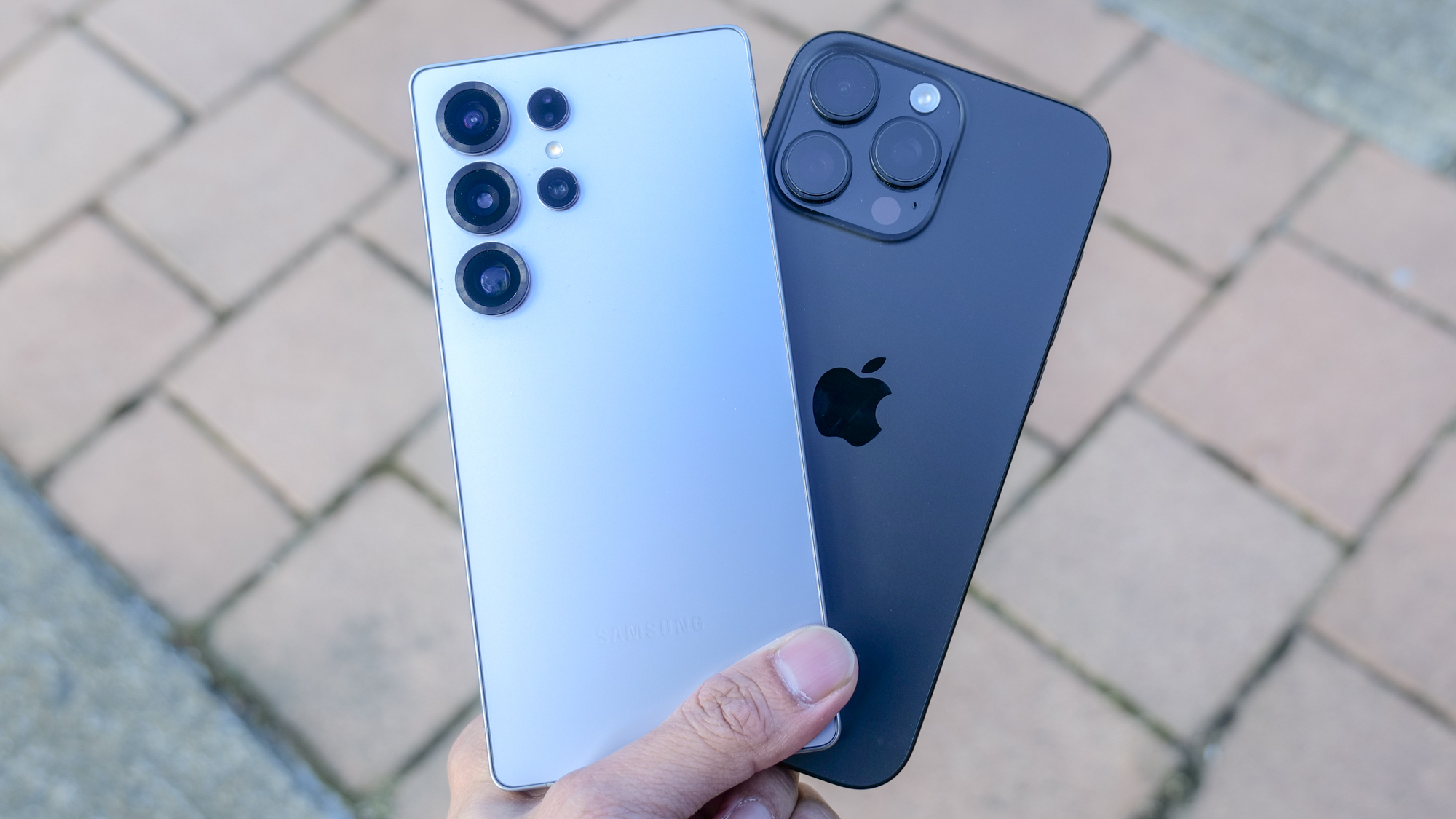There’s no getting past the fact that many of the best phones command top dollar — sometimes more than $1,00 when you’re talking about premium handsets like the Galaxy S25 Ultra or iPhone 16 Pro Max. However, there’s more than one way to get your hands on a great phone for less — and one of the easiest is to buy a refurbished device.
Refurbished phones differ from second-hand phones in that they’ve been previously used but then returned to the manufacturer, who then inspects the phone and repairs any flaws. Even though refurbished phones go through an inspection process, they can still carry a bit of a stigma with consumers wary of using someone else’s returned device.
That caution is understandable. But it’s easy to avoid a bad experience with a refurbished phone with a bit of preparation.
I used to work as a phone engineer in a Samsung repair store, and part of my job was to refurbish old and broken phones for resale. I also repaired phones that people brought in, and that’s exposed me to some hair-raising sights in my time.
But now that I’m with Tom’s Guide, I want to help you find the best device within your budget. So here’s the three things you need to do before buying a refurbished phone.
Check the store’s reputation before you buy
One of the biggest pieces of advice I can give when it comes to looking for a refurbished phone is to look for a well-known and reputable store. This might seem obvious, but trust me — it is easy to become blinded by what appears to be a good deal. What you want to look for are either good reviews, a reputable brand or being an official affiliate.
Reviews can be tricky to gauge, particularly in an era when it’s hard to separate genuine customer feedback from fake posts. Still, there are some things to look out for. When reading customer reviews, see how varied they are; if they all say the same thing, then there’s something a bit suspicious going on.
It’s also worth checking several sources for reviews other than just Google to see if the same comments keep turning up. And because I think it’s important to hold a phone before buying it, I tend to steer clear of online-only outlets.
This is where affiliates and known brands come into play, for instance, Samsung’s Re-Newed line of phones. Not only will you get the phone you want, you’ll also have a pretty solid warranty. Both Samsung and Apple offer a full year’s warranty on their refurbished devices. These warranties will cover defects in materials and workmanship, but it is still worth checking the device over for any damage and testing functionality.
Check the phone works as it should before you buy
Another reason to favor phone makers for refurbished devices is that they have access to official parts. Trust me — you want your refurbished phone to have the official parts.
Some outlets will use third-party parts for a variety of reasons, whether it’s because they’re easy to acquire or they cost less. However, that can be a hidden cost for you instead.
Non-official parts tend not to work quite as well as the official ones. For instance, third-party batteries can struggle to hold the right amount of charge, while third-party displays may not have the right touch sensitivity.
Usually, companies will be forthright about what kind of parts they use for their refurb, but this is another reason why you want to make sure that the warranty supplied with the device covers this.
You can test a lot of this yourself by dialing *#7353# into your keyboard on an Android device, or #0# on a Samsung phone, which will bring up a testing menu. Unfortunately, iPhones don’t have a specific app for testing the device, which is why I would hesitate to get a refurbished iPhone from a source that’s not an Apple-approved affiliate.
Check the software and the IMEI
It is standard practice when repairing a phone to fully wipe and refresh all software on it; the same is true for a refurbished device. This is done for several reasons, though it’s usually to install a new OS version onto the phone.
With that said, it is important to always check to make sure the phone is wiped properly before you buy it. The best way to test this is to try and set the phone up and see if it allows you to add your account. You don’t have to actually add the account details, but you need to know the option is there. The next thing to do is to check that the IMEI in the device is legit.
That’s a two-step process where you check that the IMEI printed on the device and the one in the software match. This isn’t always possible as the back glass is often removed or replaced.
Even if there is no IMEI on the back, you still need to check the internal IMEI to make sure the phone isn’t listed as lost or stolen. The fastest way to find the IMEI number is to dial *#06#. I would also check to make sure this number matches the one in the settings, if you can set the phone up. If they don’t match, then do not buy the phone, but if they do, then you can turn to several different IMEI checker services to see if the device has been listed as stolen.
Bottom line
There’s a lot to know when buying a refurbished device, but it can be one of the best ways to get a new phone at a better price. Hopefully, these tips will help you find the best product. We also have breakdowns on how you can protect your new phone to make sure it lasts as long as possible
More from Tom’s Guide
Source link
